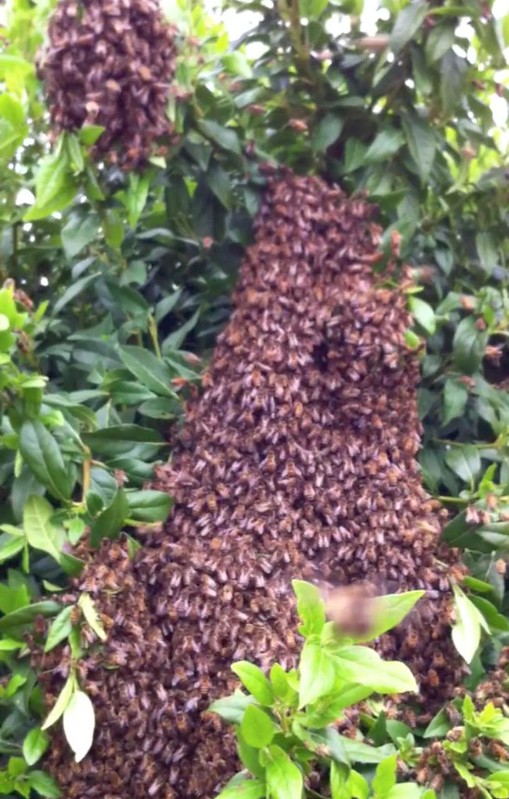I think it's probably because RenÚ, the world famous swarm catcher down here, buys his wine in 40 litre containers and then wants to recycle them.
Actually i'm going to contest this 40 litre business. Perhaps it's an average like the typical size house or soething like that. But surely it must depend on such things as type of bee, locality, time of year, importance of nectar flow, etc.? My talking with long time beekeepers gives the rough rule: big bait hives attract big swarms and little bait hives attract little swarms.






 Reply With Quote
Reply With Quote




Bookmarks